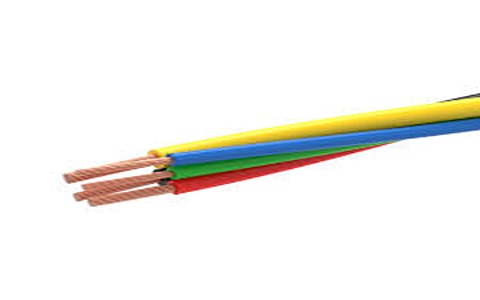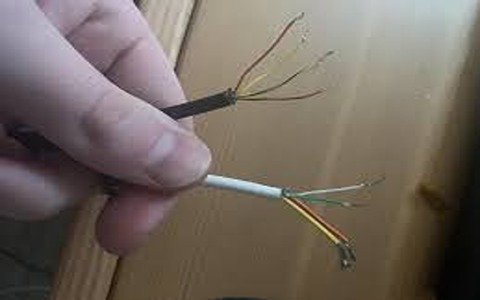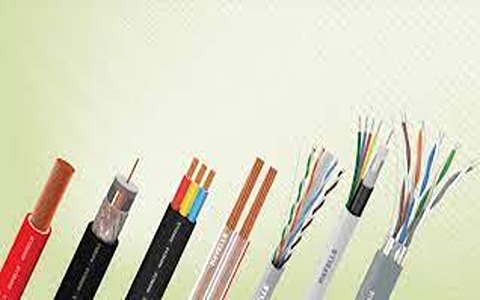
Importance of Wire and Cable Specifications
Wire and cable specifications serve as a roadmap for selecting the right components for a particular application.
They define crucial characteristics such as voltage rating, current-carrying capacity, insulation material, and conductor size, among others.
Adhering to specifications ensures that the wires and cables meet the requirements of the intended use, ensuring safety, reliability, and optimal performance.

Voltage Rating
One of the fundamental specifications to consider when selecting wires and cables is the voltage rating.
This parameter indicates the maximum voltage that the wire or cable can safely withstand without breakdown.
Exceeding the voltage rating can lead to insulation failure, posing significant safety hazards.
It is essential to match the voltage rating of the wire or cable to the voltage of the system it will be used in to prevent accidents and damage to equipment.
Current-Carrying Capacity
The current-carrying capacity of a wire or cable determines the maximum current that can flow through it without overheating.
Exceeding this capacity can lead to excessive heat generation, which may result in melting of the insulation and even fire hazards.
It is crucial to select wires and cables with an appropriate current-carrying capacity based on the expected load to ensure safe and efficient operation.
Insulation Material
The insulation material of wires and cables plays a vital role in protecting the conductors and preventing electrical faults.
Common insulation materials include PVC, XLPE, and rubber, each offering unique properties such as temperature resistance, flexibility, and durability.
The choice of insulation material should be based on the environmental conditions, application requirements, and regulatory standards applicable to the installation.

Conductor Size
The size of the conductor, typically expressed in terms of gauge or cross-sectional area, directly impacts the current-carrying capacity and voltage drop of the wire or cable.
Larger conductors have lower resistance, allowing them to carry higher currents with minimal voltage drop.
Selecting the appropriate conductor size is essential to ensure efficient power transmission and compliance with safety standards.
Types of Wires and Cables
Wires and cables come in various types and configurations to suit different applications and environments.
Understanding the characteristics of each type is essential for choosing the right components for a specific installation.


